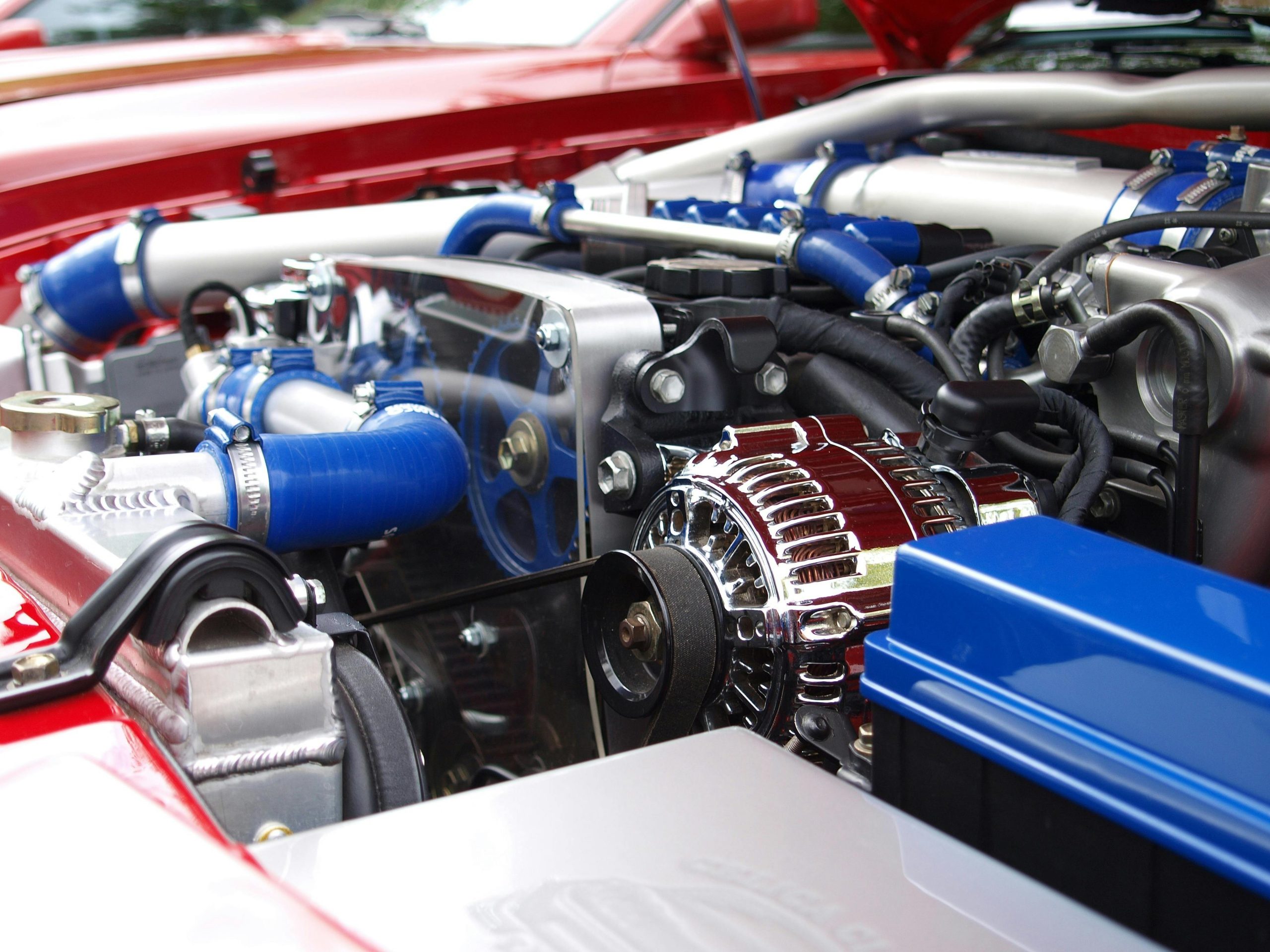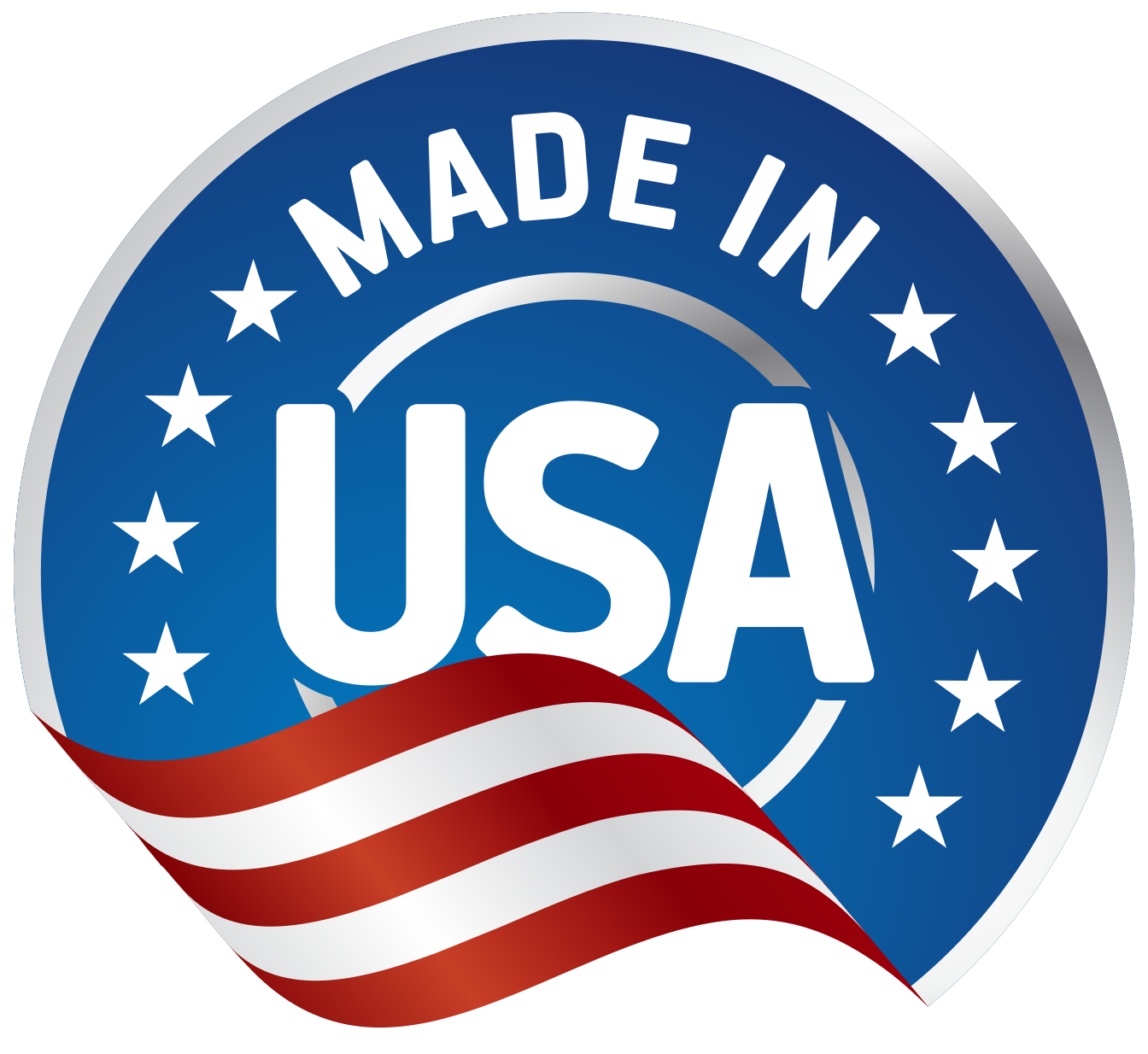AUTOMOTIVE
In the automotive industry, helium and hydrogen leak testing plays a crucial role in ensuring the safety and reliability of vehicle components, from fuel systems to airbags. This precision process is key to preventing potential failures and costly recalls, especially as vehicles evolve with advanced technologies like electric and autonomous systems. Leak testing stands at the intersection of performance, safety, and innovation, underscoring the industry’s commitment to quality and consumer trust.


MEDICAL DEVICES
In the realm of medical devices, the stakes for product integrity and safety are exceptionally high. Helium and hydrogen leak testing emerges as a critical quality assurance tool, ensuring that devices such as pacemakers, implantable devices, and inhalers are free from even the smallest leaks that could compromise their functionality and patient safety. This level of testing precision is indispensable in an industry where the margin for error is virtually zero, and the reliability of every component can be a matter of life and death. Leak testing not only supports compliance with stringent regulatory standards but also bolsters patient confidence in medical technologies designed to improve or save lives.
AEROSPACE & DEFENSE
In the aerospace and defense sectors, the reliability and safety of components are of paramount importance, where even the smallest leak can have catastrophic consequences. Helium and hydrogen leak testing is indispensable in these industries, providing the precision needed to ensure the integrity of critical systems such as fuel tanks, hydraulic systems, and life support equipment. This rigorous testing is essential not only for the performance and reliability of aerospace and defense machinery but also for the safety of the crew and mission success. By employing such advanced leak detection methods, these sectors can maintain the highest standards of quality and safety, ensuring that every component performs flawlessly under the most extreme conditions.


E-MOBILITY
In the rapidly evolving e-mobility sector, where electric vehicles (EVs) and charging infrastructure are at the forefront, the integrity of components like battery packs, cooling systems, and high-voltage connectors is critical. Helium and hydrogen leak testing plays a vital role in this industry, offering the precision required to ensure these components are leak-free and reliable. This level of scrutiny is essential not only for the efficiency and longevity of EVs but also for user safety. Advanced leak detection techniques enable e-mobility manufacturers to meet stringent safety standards and contribute to the sector’s growth by ensuring the reliability and performance of electric vehicles and their supporting infrastructure.
HVAC
In the HVAC (Heating, Ventilation, and Air Conditioning) industry, maintaining system integrity is crucial for efficiency, environmental compliance, and indoor air quality. Helium and hydrogen leak testing is key in this sector, ensuring that systems are sealed properly to prevent refrigerant leaks, which can significantly impact performance and contribute to environmental harm. This precise leak detection method allows for the identification and rectification of leaks that traditional methods might miss, ensuring systems operate at peak efficiency while minimizing their environmental footprint. By employing advanced leak testing techniques, the HVAC industry can uphold high standards of safety, efficiency, and sustainability, providing reliable and eco-friendly climate control solutions.

 Vacuum Instruments Corporation is a pioneer in providing state-of-the-art leak detection solutions for diverse applications and industries. Our systems have ensured the safety and performance of countless products that we use in our daily lives from the cars we drive to the air conditioners in our houses, the pacemakers in our bodies, and the satellites we launch into space.
Vacuum Instruments Corporation is a pioneer in providing state-of-the-art leak detection solutions for diverse applications and industries. Our systems have ensured the safety and performance of countless products that we use in our daily lives from the cars we drive to the air conditioners in our houses, the pacemakers in our bodies, and the satellites we launch into space.